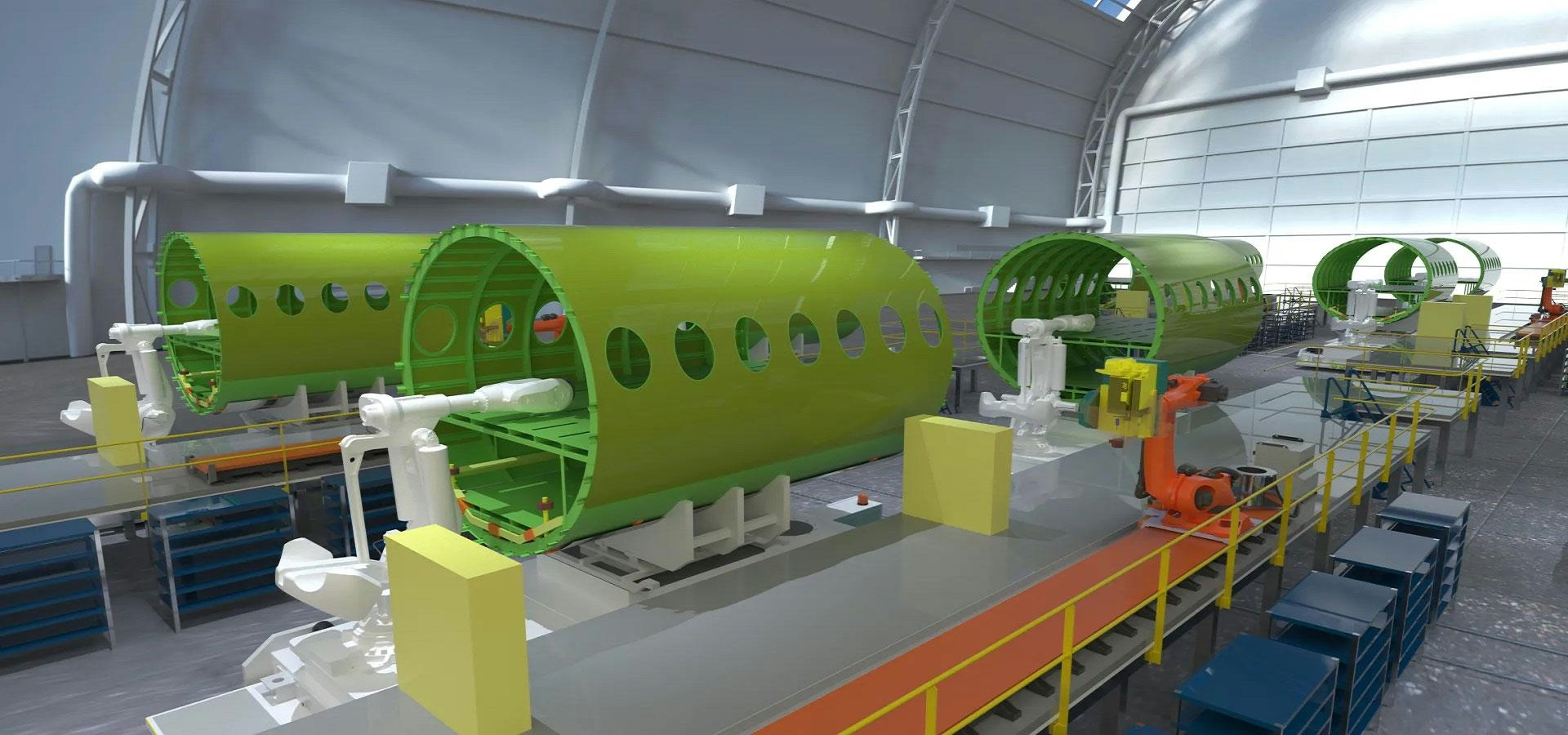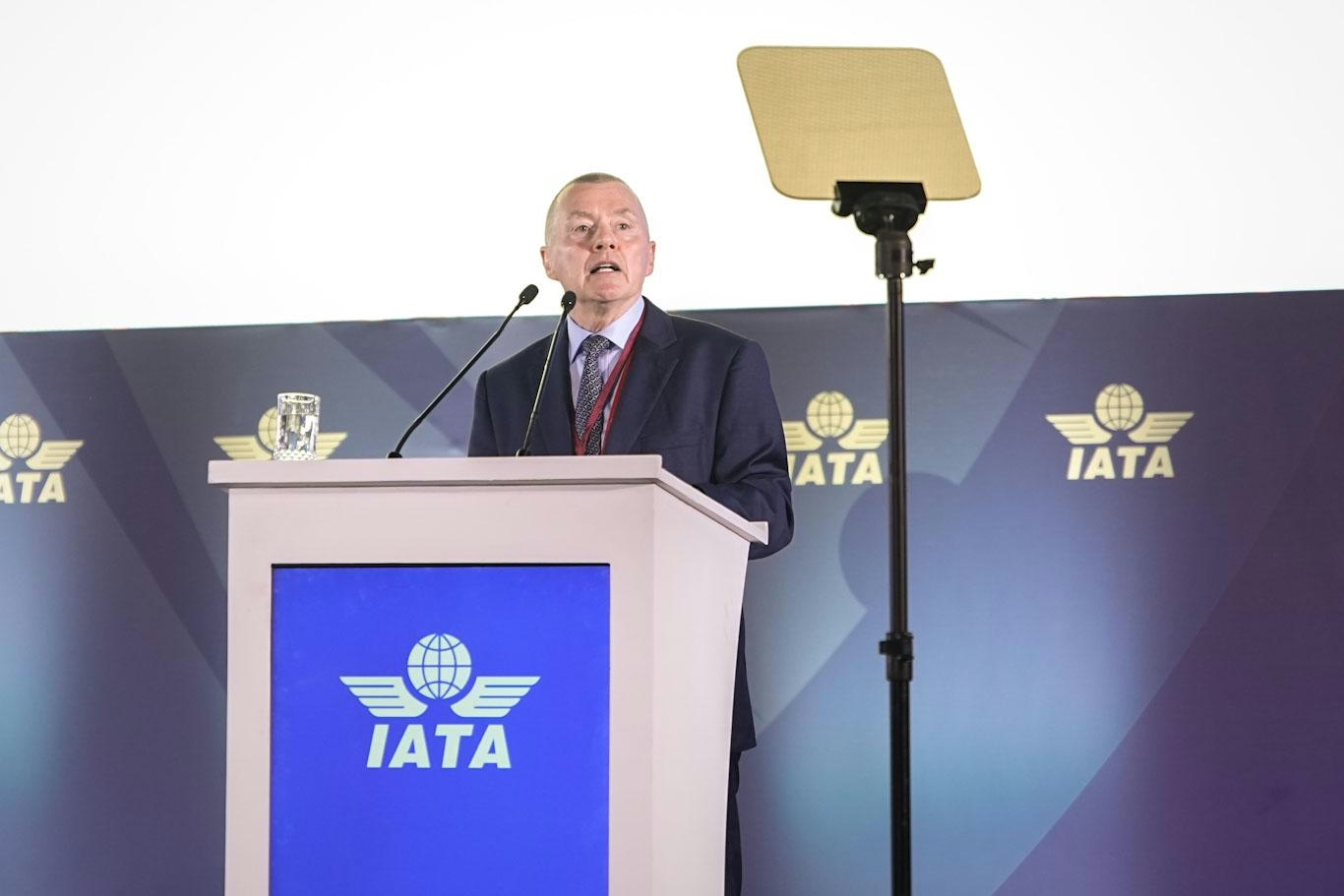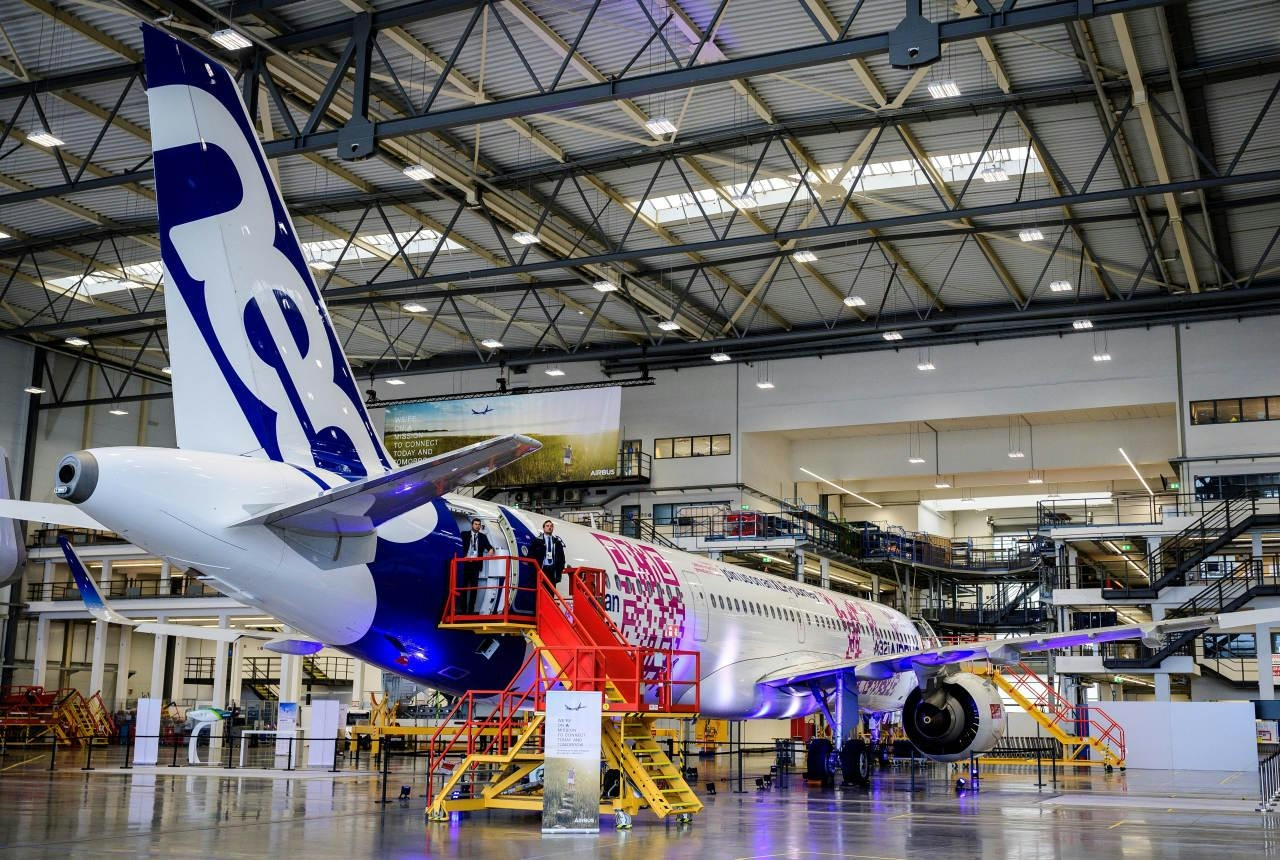
AeroGenie — ваш интеллектуальный второй пилот.
В тренде
Categories
Entering the Aviation Market: Proven Strategies for Parts Suppliers

Entering the Aviation Market: Proven Strategies for Parts Suppliers
The aviation industry remains one of the most globalized and resilient sectors worldwide, continuing to expand into new markets despite enduring challenges such as tariffs, regulatory complexities, supply chain disruptions, aging fleets, and geopolitical tensions. For parts suppliers, entering new markets has become increasingly essential for sustaining business growth. Airlines, maintenance, repair, and overhaul (MRO) providers, and aftermarket buyers are actively seeking partners capable of supporting the operation of aging fleets, reducing maintenance and inventory costs, and adapting to evolving passenger expectations.
This article presents a strategic framework for parts suppliers aiming to penetrate new aviation markets. It draws on industry best practices and expert insights to explore how suppliers can assess market potential, navigate regulatory and operational obstacles, and enhance their visibility within a fragmented and rapidly evolving landscape.
Assessing Market Potential
A thorough evaluation of a market’s potential is a critical first step before allocating resources. Similar to how airlines conduct detailed feasibility studies for new routes, suppliers must analyze a range of factors including passenger demand, cargo flows, and broader socio-economic indicators such as GDP growth, political stability, and consumer trends. Benchmarking against competitors and potential partners in the target region can uncover unmet needs—such as specialized inventory requirements, expedited logistics, or more competitive pricing—that suppliers are well-positioned to address.
Industry experts emphasize the importance of avoiding overly optimistic assumptions. Instead, rigorous feasibility studies and SWOT analyses are indispensable for validating demand and forecasting profitability. Reliable data sources, including air traffic statistics, market research, and macroeconomic indicators, help determine whether a region is experiencing growth or contraction. Increasingly, suppliers are incorporating social media analytics to identify shifts in traveler behavior—such as emerging popular destinations or growing sustainability concerns—well before these trends are reflected in official reports. By integrating traditional forecasting methods with real-time digital insights, suppliers gain a comprehensive understanding of emerging opportunities.
Equally important is alignment with airlines’ growth strategies. Suppliers who demonstrate a sophisticated grasp of local market dynamics—from airport slot limitations to fluctuating fuel prices—are more likely to be regarded as trusted partners rather than mere transactional vendors.
Evaluating Profitability and Demand Signals
Profitability remains the ultimate determinant of success, even in markets with promising growth potential. Airlines evaluate route viability by balancing revenue projections against operational costs, taking into account factors such as fares, load factors, seasonality, and customer loyalty. Parts suppliers must adopt a comparable approach, considering not only unit sales but also shipping expenses, customs duties, and the reliability of payment cycles.
While traditional demand indicators like passenger growth and cargo volumes continue to be essential, less obvious signals can provide valuable insights. For example, “spill analysis”—which examines routes operating at consistently high load factors where passengers are regularly denied boarding—can indicate impending demand for additional aircraft capacity, thereby increasing parts requirements. Similarly, unserved markets with significant indirect traffic may represent untapped opportunities for suppliers.
Navigating Challenges and Competitive Responses
Parts suppliers confront numerous challenges, including supply chain bottlenecks, persistent parts shortages, and geopolitical uncertainties that can disrupt trade flows. To address these complexities, many suppliers are engaging consulting services to guide their growth and sustainability strategies. Competitors are increasingly adopting advanced technologies such as blockchain to facilitate market entry, improve operational efficiency, and foster trust through transparent transactions.
Conclusion
Entering new aviation markets requires a disciplined approach grounded in rigorous analysis, adaptability, and strategic alignment with airline partners. By combining data-driven market assessments with innovative technological solutions and a clear understanding of local challenges, parts suppliers can position themselves for sustainable growth within this dynamic global industry.

FAA Extends Engine Pylon Airworthiness Directive to DC-10

Why United Airlines Continues to Use the Boeing 777-300ER in 2025

Dubai Airshow 2025: Key Aircraft and Conference Highlights

Defense Aviation Adopts Commercial Innovations

MedAire’s Alert Platform Enhances SolitAir’s Role in Aviation Security Innovation

India Faces Shortage of 30,000 Pilots Amid Growing Fleet, Aviation Minister Calls for Urgent Training

IATA Chief Calls for Fair Compensation for Airlines Amid Supply Chain Challenges

AAI Unveils Pavilion Highlighting India’s Aviation Advances at IITF 2025

Airbus Projects Asia-Pacific Will Need Nearly 20,000 New Planes Over 20 Years
